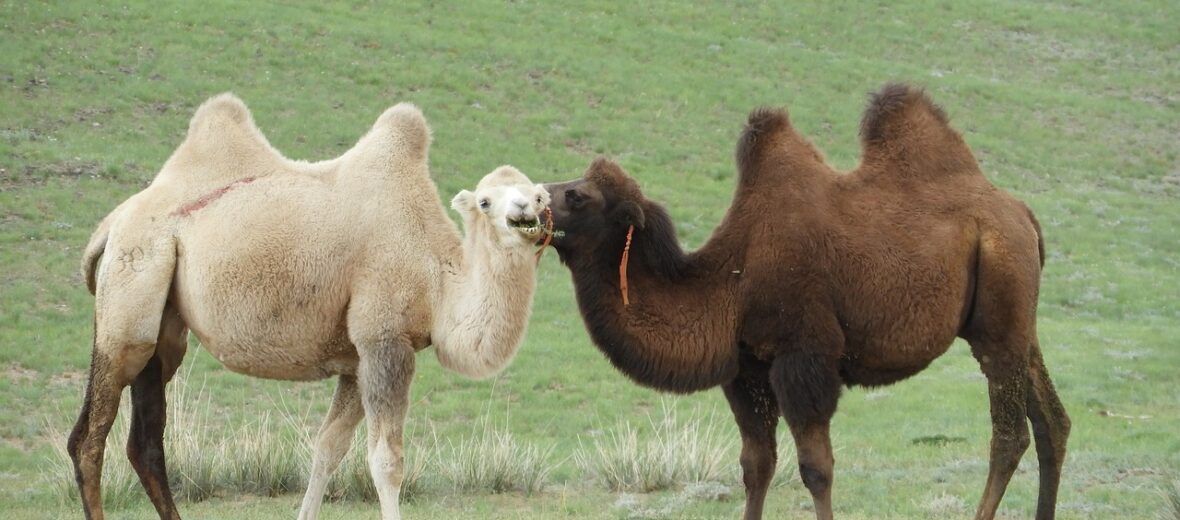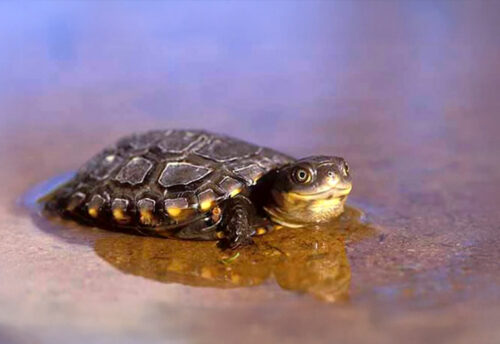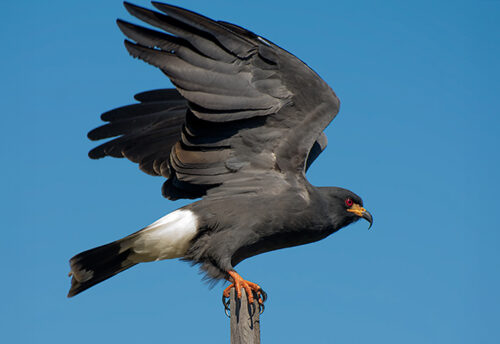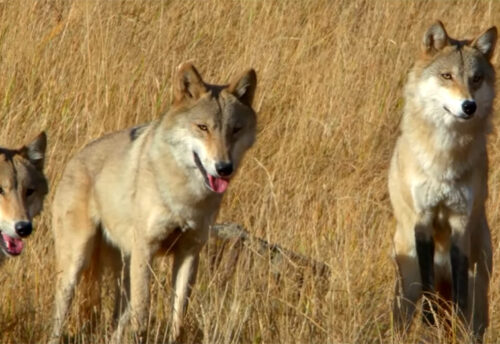
Contrary to popular belief, the humps of a bactrian camel don’t store water; rather, they store fat that is high in energy. This energy reserve is used when food is scarce. Not only can they conserve energy and water with the best of them, but they are also adaptable to extreme temperature fluctuations. You can find these amazing creatures throughout Central Asia from Afghanistan to China, into the Mongolian steppes and even the Gobi desert. Sadly, these camels are listed as Critically Endangered by the IUCN. This is due to residential and commercial development, livestock competing for viable food, mining, quarrying, and hunting.
First the Stats…
Scientific name: Camelus bactrianus
Weight: Up to 2,200 lbs.
Length: Up to 11.5 feet
Height: Up to 7.5 feet
Lifespan: Up to 40 years
Now on to the Facts!
1.) Being herbivores, bactrians eat many different types of plants in the wild. They will also consume meat, if nothing else is available. They have also been recorded eating sandals and tents in extreme times.
2.) They are hunted by wolves and sometimes humans.
3.) Less then 1,000 of these camels survive in the wild today.
4.) Due to its amazing metabolism, a bactrian camel can go for months without water. However, when it does drink, it can take in up to 30 gallons of water in a single sitting!
5.) These camels can survive temperatures that range from over 104°F down to -22°F.
But wait, there’s more on the bactrian camel!
6.) When their fat reserves are high, their humps stand up. When they are low, their humps droop.
7.) Like other camels, they are diurnal (active during the day).
Did you know…?
Bactrian camels can run up to 40 mph!
8.) The bactrian camel is able to not only survive food shortages and drought, but they can even survive a decent degree of radiation from nuclear weapons testing.
9.) Males are polygynous (mate with several females). The males will become violent during breeding season and will bite, spit, and even sit on their rival males to gain dominance and breeding rights.
10.) Females produce 1 – 2 calves each breeding season.
Now a Short Bactrian Camel Video!
Also, check out the Critter Science YouTube channel. Videos added frequently!
Want to suggest a critter for me to write about? Let me know here.



